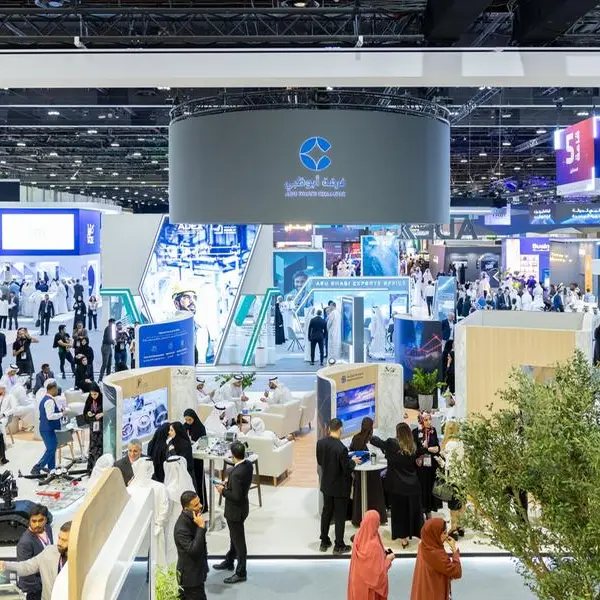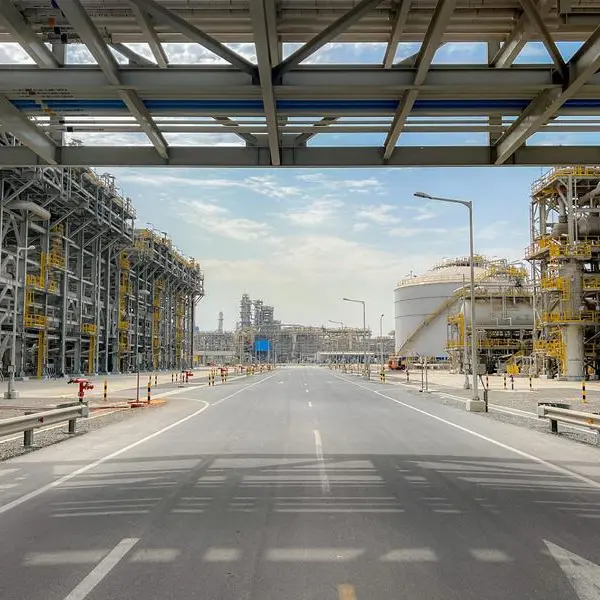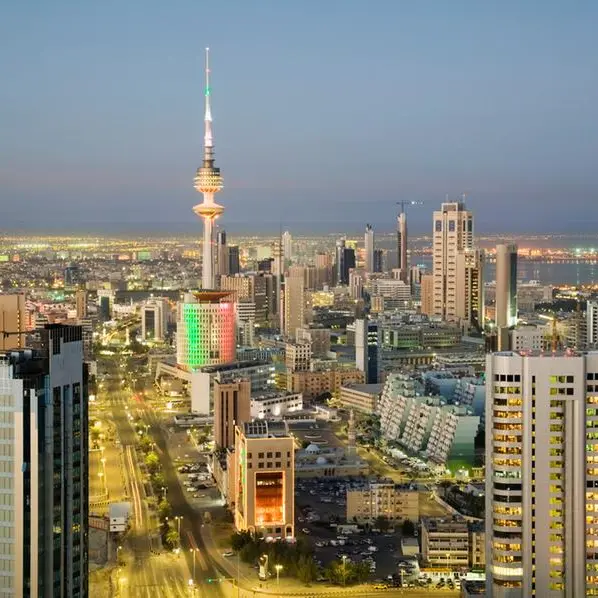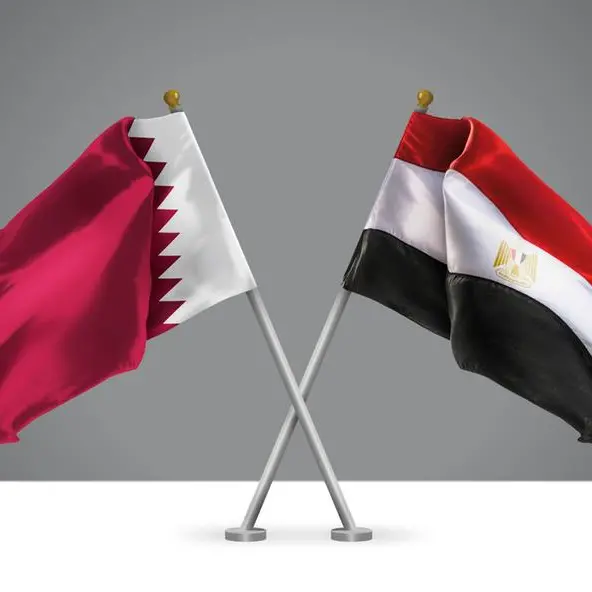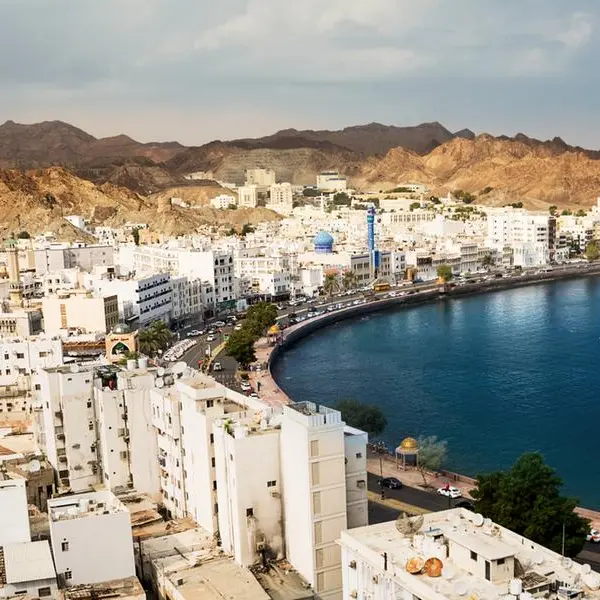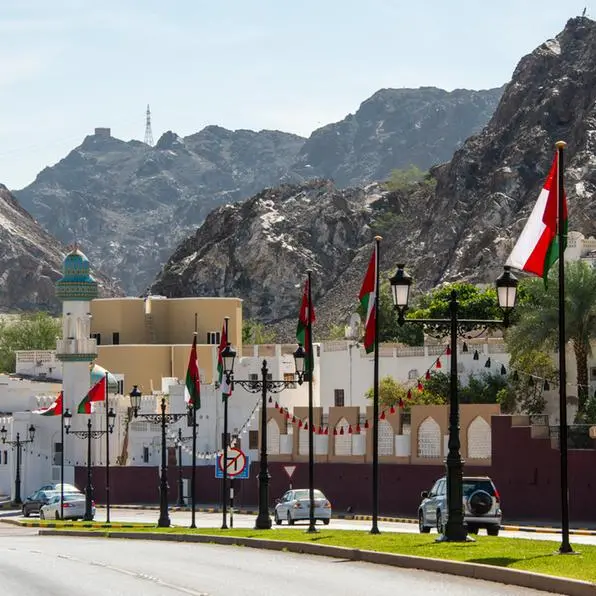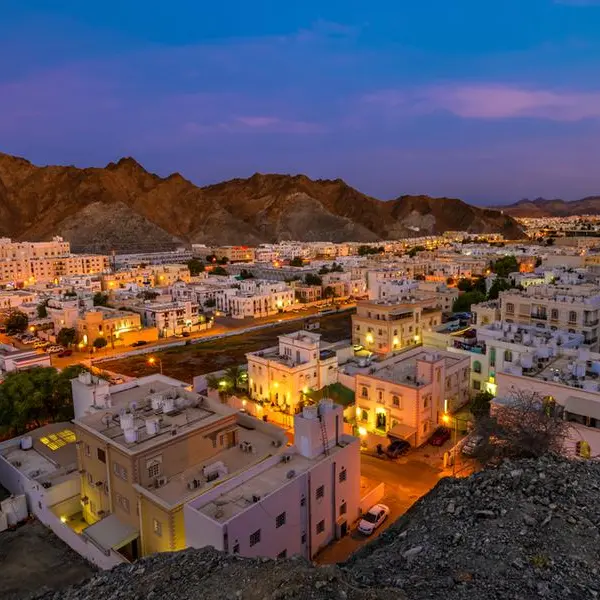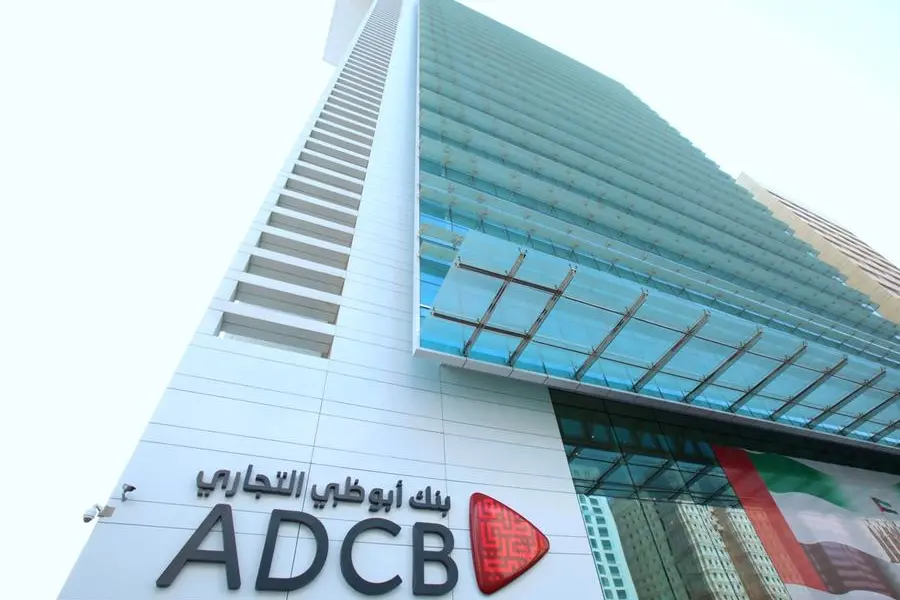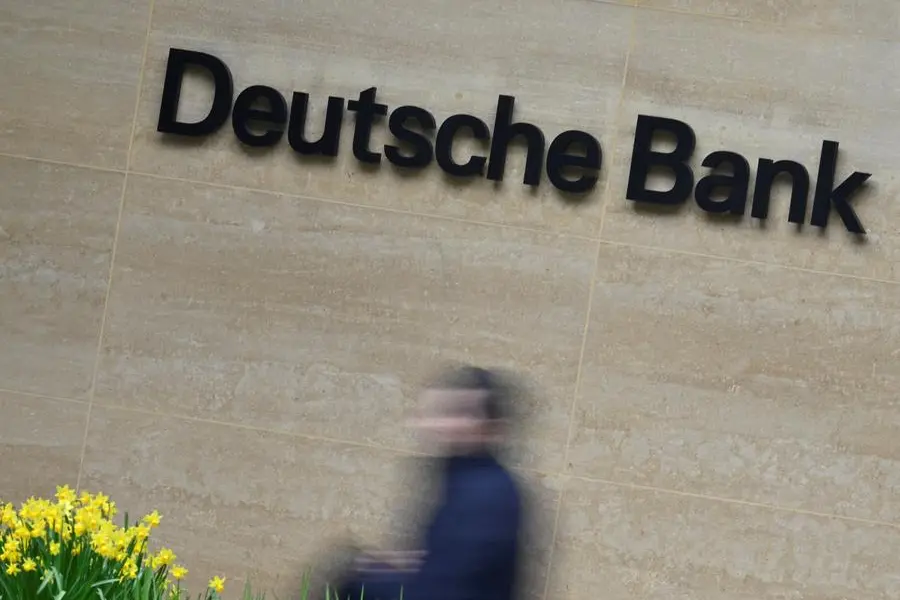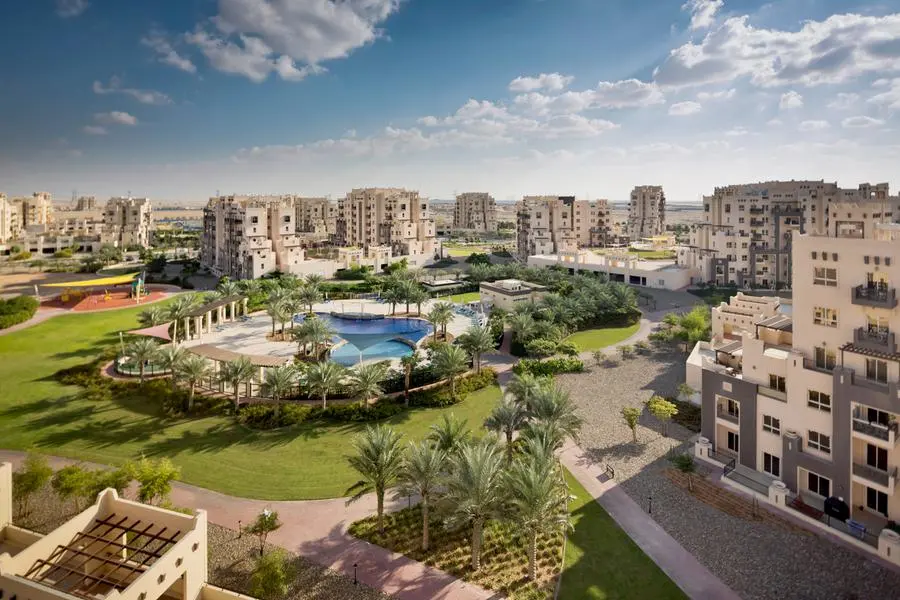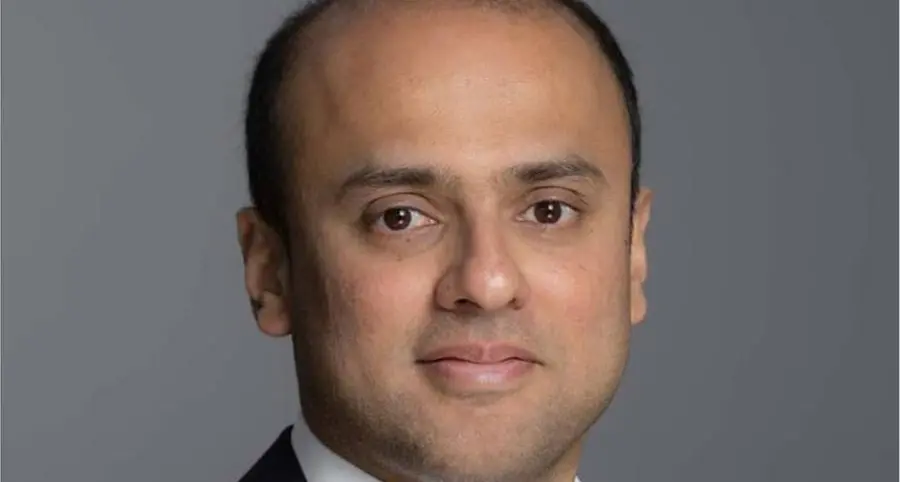PHOTO
Image used for illustrative purpose General view of old Muscat the day after Oman's Sultan Qaboos bin Said was laid to rest in Muscat, Oman, January 12, 2020. Christopher Pike, Reuters
Oman requires a policy framework that enables, finances, and channeled nurtured talent towards innovative ecosystems.
Oman's Vision 2040 has provided a roadmap to achieve a diversified and knowledge-based economy. In-Country Value (ICV) — a national development strategy to maximize the economic value retained within the Sultanate from both domestic and foreign investments — requires particular focus. Although nurturing SME’s, local employment, and procurement by itself provides an economic value, one critical component that has been overshadowed is Research and Development (R&D).
R&D accelerates development in innovation, economic sustainability, and competitiveness. Oman is challenged to augment its local research capabilities to generate new technologies, develop intellectual property, and achieve sectoral transformation. This article analyzes how enhancing ICV in Oman requires significant R&D investment and discusses the ongoing initiatives, sectoral prospects, and long-term endeavors for Oman.
IP COMMERCIALIZATION FOR OMAN
Incorporating R&D into the ICV policies allows Oman to advance from being a global technology consumer to an innovational problem solver.
Oman is of utmost importance to cultivating its research ecosystem, its core players focus primarily on:
• MOHERI manages national-level research strategies along with disbursing the appropriate funds.
• Innovation Park Muscat (IPM) serves as a toolkit for startups and research centers by giving them the needed infrastructure and guidance.
Oman requires a policy framework that enables, finances, and channeled nurtured talent towards innovative ecosystems.
• Sultan Qaboos University, GUtech and University of Nizwa can be termed as active participants of applied research, along with various other universities and research institutes.
• EDO and Oman Energy Association actively participates as well in promoting R&D in energy-related fields.
Oman is still to make some important decisions from a holistic point of view around R&D spending which is lower than 1 per cent of Oman’s GDP, In addition there is no significant contribution from the private sector in research. ICV improvements require addressing these issues.
HOW ICV CAN BE ENHANCED ACROSS MAJOR INDUSTRIES FOCUSING ON R&D
Oil and Gas:
• Increase Recovery Efficiency (EOR): Research related to CO2 injection and the use of nanotechnologies can potentially result in improving oil yield.
• Digital Oilfields: AI and IOT-Based Monitoring Systems Development and Safety applicable for local engineering solutions.
• Environmental Research: Developing solutions for sustainable decommissioning and sustainable flaring reduction.
Health Sector
• Medical Research: Local studies on illnesses prevalent within Oman such as diabetes and other genetic disorders.
• Pharmaceutical Development: The production of local medication can be supported through bioequivalence and clinical trials.
• Digital Health: Development of telemedicine and health information system applications.
Renewable Energy and Green Hydrogen
• Solar and Wind Research: Wind and solar power technologies that are applicable to Oman’s climatic conditions and geographical features.
• Green Hydrogen: Construction of electrolyzer technology, storage systems, and development of the value chain.
Information and Communication Technology (ICT)
• Cybersecurity and AI: Creating data security and automation systems within Oman.
• Smart Cities: Development and research of advanced technology for urban infrastructure expansion.
OBSTACLES TO ICV R&D
Integration of Research and development into the integrated added value of the company’s core offer is slow due to the following potential barriers: Weak private investment in R&D - R&D is viewed as an expenditure rather than an investment in the future; Limited Collaboration Between Industry and Academia - Lack of collaboration between research institutions and market-oriented industries; Talent Drain - Researchers with great potential tend to relocate to other countries with better professional prospects; and Gaps in the Commercialization of Intellectual Property - Ineffective structures for converting innovations into commercially viable goods.
Suggested Policies
These are the recommendations Oman could take to reasonably incorporate R&D into their ICV strategy: Integrate Patented Research Initiatives Into Evaluation Process; Reinforce ICV scoring system by incorporating issued patents, research partnerships, and R&D costs; Encourage Private Sector R&D through Economic Incentives; Create tax incentives or grants for businesses that support local research; Define National R&D Programmes; Create specific innovation funds for various sectors, such as health, energy, and ICT; Aid the Commercialization of Laboratory Research; Improve the performance of technology transfer offices and institute more effective intellectual property legislation to assist with the laboratory-to-market gap; Promote Education and Training for Skill Development; Provide additional scholarships along with comprehensive training in research areas that align with the country’s national priorities.
Oman is at a point of transformation in terms of economic stimulation. To achieve the objectives of ICV and Vision 2040, Oman needs to stop treating R&D as an auxiliary function and start viewing it as critical to national development. Oman requires a policy framework that enables, finances, and channeled nurtured talent towards innovative ecosystems, which will allow Oman to evolve from knowledge consumers to knowledge creators and make sure that the rewards of innovation reach, grow, and are diffused throughout the nation.
2022 © All right reserved for Oman Establishment for Press, Publication and Advertising (OEPPA) Provided by SyndiGate Media Inc. (Syndigate.info).

